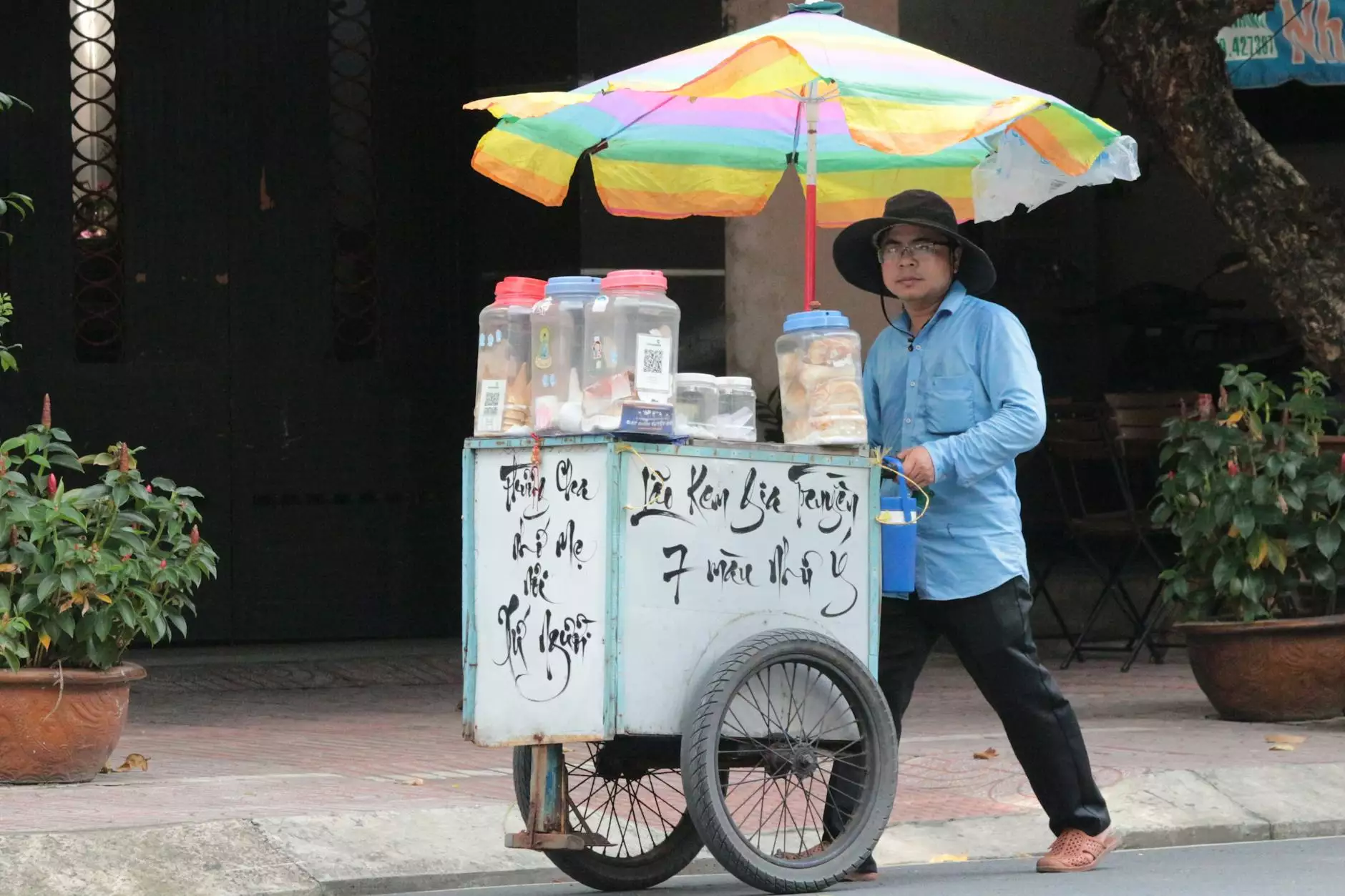The Tihar Festival of Lights: A Cultural Herald of Joy and Prosperity

The Tihar festival of lights, also known as Deepawali or Yamapanchak, is one of the most celebrated and significant festivals in Nepal. It is an example of the rich culture and traditions that define the Nepali identity, serving as a reminder of the importance of familial connections, love for nature, and respect for all living beings. Celebrated over five days, Tihar not only illuminates hearts and homes but also fosters a sense of community, making it a remarkable experience for all ages.
Historical Background of Tihar
Tihar, observed in the lunar month of Kartik, typically falls in October or November. Its origins trace back thousands of years, with roots in the ancient Nepalese culture. The festival celebrates the bond between humans and nature, revering various animals like crows, dogs, and cows, which reflect the harmonious relationship between people and the wildlife surrounding them. Each of these animals plays a pivotal role, symbolizing different aspects of life and spirituality in the Nepali context.
The Five Days of Tihar: A Festive Journey
The Tihar festival of lights spans five days, each day dedicated to honoring different animals and deities. Let's break down each day to understand its significance:
Day 1: Kaag Tihar (Crow Tihar)
The first day of Tihar is dedicated to crows, considered messengers of death in Nepali culture. On this day, families prepare offerings of food, including rice, bread, and sweets, and place them on rooftops to invite the crows. This act is believed to ensure that the soul of the deceased finds peace in the afterlife, as crows are thought to guide them.
Day 2: Kukur Tihar (Dog Tihar)
The second day honors dogs, celebrated as loyal companions and protectors. Families worship dogs by adorning them with mala (flower garlands) and applying tika (a mixture of colored powder) on their foreheads. They are treated with delicious food, reflecting the respect and love that people hold for their faithful pets.
Day 3: Gai Tihar and Laxmi Puja (Cow Tihar and Worship of Laxmi)
The third day of Tihar is significant for two reasons: it honors cows and celebrates the worship of Goddess Laxmi, the deity of wealth and prosperity. Families start the day by worshiping the graceful cow, recognized as sacred in Hindu tradition. They decorate cows with colorful patterns and offer them special food. In the evening, homes are elegantly illuminated with diyas (oil lamps), and vibrant rangolis (colorful patterns) are created at the entrance to welcome Goddess Laxmi into their homes.
Day 4: Govardhan Puja (Worship of the Govardhan Hill)
The fourth day is dedicated to the worship of the Govardhan Hill, which represents the importance of nature and the divine. People create a miniature mountain using cow dung and worship it as a symbol of abundance and sustenance. This day also serves as a reminder to respect the environment and appreciate the bounty of nature.
Day 5: Bhai Tika (Brother's Day)
The final day of Tihar is reserved for the celebration of brother-sister relationships. Sisters perform a ritual for their brothers, wishing for their long lives and prosperity. In return, brothers pledge to protect and support their sisters. This day is filled with warmth, affection, and the profound connection between siblings, expressing love in its purest form.
The Significance of Light in Tihar
One of the most enchanting aspects of the Tihar festival of lights is the role that light plays throughout the celebration. Light symbolizes knowledge, purity, and goodness, marking the triumph of truth over darkness. Diyas are lit in homes and public spaces, creating a magical ambiance that transforms the night into a festival of glowing radiance. This illumination fosters a sense of joy and unity among families and communities, who come together to celebrate with shared feasts, music, and dance.
The Culinary Delights of Tihar
No festival in Nepal is complete without its exquisite cuisine. During Tihar, families prepare a plethora of special dishes, showcasing the region's rich culinary heritage. Some of these delicacies include:
- Sel Roti: A traditional homemade rice-based doughnut, crispy on the outside and soft on the inside.
- Yomari: A steamed dumpling filled with a mixture of coconut, jaggery, and sesame seeds.
- Various sweets: Including cookies, puddings, and traditional desserts that vary from region to region.
Sharing these dishes with loved ones reflects the spirit of togetherness and abundance that Tihar embodies. Families gather around tables adorned with food while sharing stories, laughter, and memories, further solidifying their bonds.
Celebrating Tihar Beyond Nepal
The Tihar festival of lights extends its influence beyond Nepal, reaching Nepali communities around the world. As Nepali expatriates gather to celebrate, they bring their traditions and customs with them, creating a sense of home in foreign lands. Various cultural organizations host events that mimic the festive spirit of Tihar, including lighting decorations, sharing traditional food, and performing dances unique to their culture. This festival serves as a bridge that connects the Nepali diaspora to their roots, instilling a sense of pride and cultural identity among the younger generations.
How Tihar Contributes to Business and Tourism
The Tihar festival of lights is not only a cultural celebration but also a significant economic driver for Nepal. The festivities encourage businesses, particularly in tourism, travel services, and hospitality, to flourish. Tourists flock to Nepal during this time to experience the vibrant cultural heritage firsthand. Organizations like Himalayan Dream capitalize on this influx by offering tours and travel services that include:
- Cultural Walking Tours: Guided tours through the heart of Kathmandu or other regions showcasing Tihar decorations, rituals, and local celebrations.
- Festive Packages: Special travel packages that include participation in Tihar activities, traditional dinners, and workshops on Nepali cooking.
- Community Experiences: Engaging with local families during Tihar, allowing visitors to partake in rituals and celebrations, fostering a genuine connection with the Nepali way of life.
The Lasting Impact of Tihar
Beyond the joy and celebrations, Tihar leaves a lasting impact on individuals and communities. It promotes the values of compassion, gratitude, and the importance of connectivity with nature and each other. As people gather to celebrate this festival, they reinforce their cultural heritage, ensuring that future generations continue these traditions. The festival fosters emotional bonds, renews commitments to family unity, and encourages respect for the environment.
Conclusion: Join the Festivities of Tihar
The Tihar festival of lights is a shining example of the dazzling heritage of Nepal, weaving together the threads of tradition, spirituality, and community. As families illuminate their homes with lights and hearts with joy, they invite all to join in the celebration of life, nature, and togetherness. Whether you are in Nepal or a Nepali community abroad, participating in Tihar is an opportunity to embrace a culture that cherishes love, respect, and harmony. If you are considering visiting Nepal during this vibrant festival, organizations like Himalayan Dream can offer exceptional experiences, ensuring that your journey is filled with unforgettable memories and cultural enrichment.
Let us celebrate Tihar together, embracing the light that guides our lives and uniting us as one big family under the glow of compassion and love!









